Kidney Stones
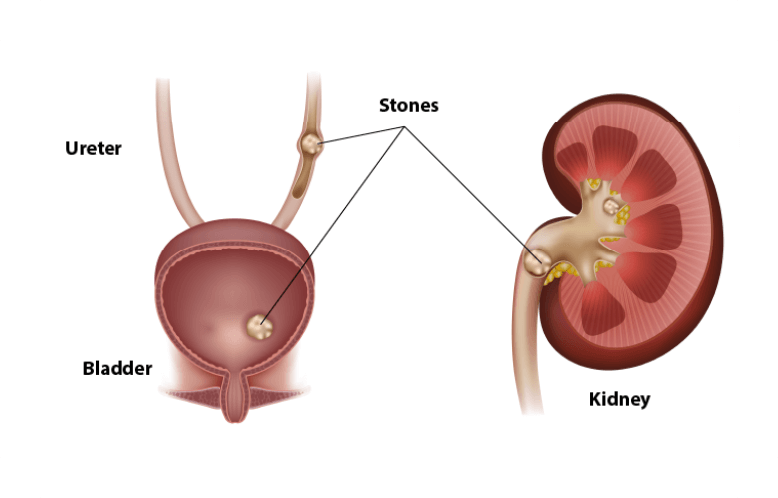
Kidney stones are formed when excess mineral salts in the urine crystallizes within the kidney. More than 50 percent of stones patients form another stone within 10 years. For a full discourse on the causes, symptoms and prevention of stones, follow this link.
Stone symptoms include back and groin pain, frequent or painful urination, and blood in the urine. Some stones also cause urinary tract infections and kidney obstruction. Occasionally, stones cause no symptoms and remain undetected in the kidney for years. On the other hand, some stones can enlarge silently and lead to kidney damage. Therefore all kidney stones should either be treated or actively followed up.
Treatment: How a particular stone is treated depends on its size and location.
Stones located in the Kidney Stones less than 10 mm in the kidney that are not causing pain, blockage or infection can be left alone and watched yearly with an xray.
Kidney Stones that are larger than 10mm or cause complications can be treated with the following:
1
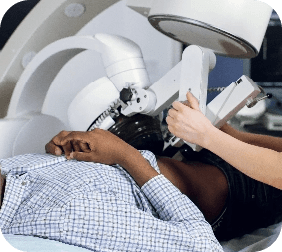
Extracorporeal Shock Wave Lithotripsy (ESWL)
Extracorporeal shock wave lithotripsy is a technique for treating stones in the kidney and ureter that does not require surgery. Instead, high energy shock waves are aimed at the stone from outside the body and used to break stones into tiny fragments. These then pass from the body along with the urine.
Using x-rays or ultrasound to pinpoint the location of the stones, the body is positioned so that the stones are targeted precisely. About 2-4 thousand shock waves are needed to crush the stones. The complete treatment takes about 45 to 60 minutes.
The main advantage of this treatment is that many patients may be treated for kidney stones without surgery. However, not all types of kidney stones can be treated this way. In addition, sometimes the stone is not completely shattered and additional treatments are needed.
In patients thought to be good candidates for this treatment, about 70 to 90 percent are found to be free of stones within three months of treatment. The highest success rates occur in those patients with mobile stones that are located in the upper portions of the urinary tract (kidney and upper ureter). Your doctor will determine if your stone is suitable for shock wave therapy.
This is an outpatient day procedure. Most people can fully resume daily activities within one to two days. Drinking plenty of water helps the stone fragments pass. Most patients have some blood in the urine for a few days. Some abdominal pain may occur when the fragments pass down the urinary tract. This begins soon after treatment and may last for up to four to eight weeks. Oral pain medication and drinking lots of water will help relieve symptoms.
See more
2
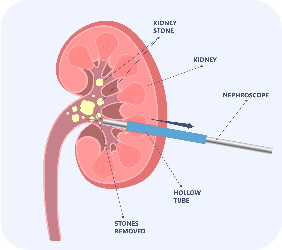
Percutaneous Nephrolithotripsy (PCNL)
When kidney stones are more than 2 cm in diameter, a technique called percutaneous stone removal may be used. In this method, the surgeon makes a small incision in the back and a direct tract to the kidney is created under xray visualisation. The stone is then broken up and removed through this tract. This is performed under general anesthesia and requires a few days in the hospital.
See more
3
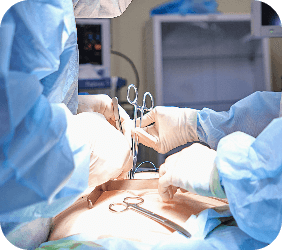
Open Pyelolithotomy
This is the traditional way in which kidney stones were removed. It entails having a large surgical wound through which the stone bearing portion of the kidney is opened up and the stone removed. While fairly quick and effective, the patient is left with a large wound and will need 6-8 weeks to resume normal activities. As there are usually more minimally invasive ways to break or remove a stone, this operation is seldom performed.
See more
Complications of stone include:
Urinary tract obstruction
Passing blood in the urine
Stones in the Ureter
Most stones in the ureter pass out spontaneously. Several factors influence the spontaneous passage of stones.
These include the stone location within ureter, prior stone passage, prostate enlargement, pregnancy, and the size of the stone. A stone < 4mm has an 80% chance of passage; 4-5.9 mm 50% and > 6mm 30% of spontaneous passage.
The likelihood of spontaneous passage also depends on the stone location within ureter, a stone high up the ureter (upper ureter) has a 12% chance of spontaneous passage and one in the lower ureter (as in the illustration) has a 45% chance of spontaneous passage.
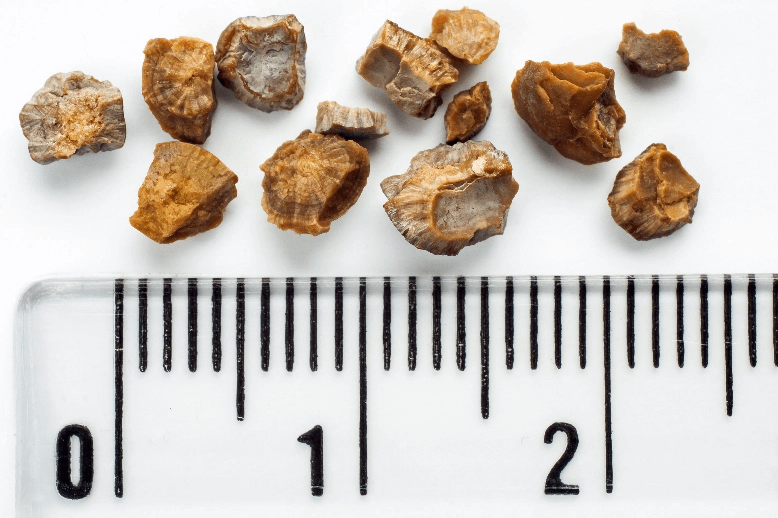
The average time to passage is 1-3 weeks. There are medications to help the passage of stone but these have not been rigorously tested in medical research.
Stones in the ureter that do not pass out spontaneously after a suitable waiting period (usually 2 weeks) or which cause complications (see above - Kidney stones) will need to be treated.
Treatment modalities include:
 Extracorporeal Shock Wave Lithotripsy(ESWL)
Extracorporeal Shock Wave Lithotripsy(ESWL)
 Ureteroscopy with stone fragmentation
Ureteroscopy with stone fragmentation
Prevention
The single most important way to help prevent kidney stone formation is to stay well-hydrated.